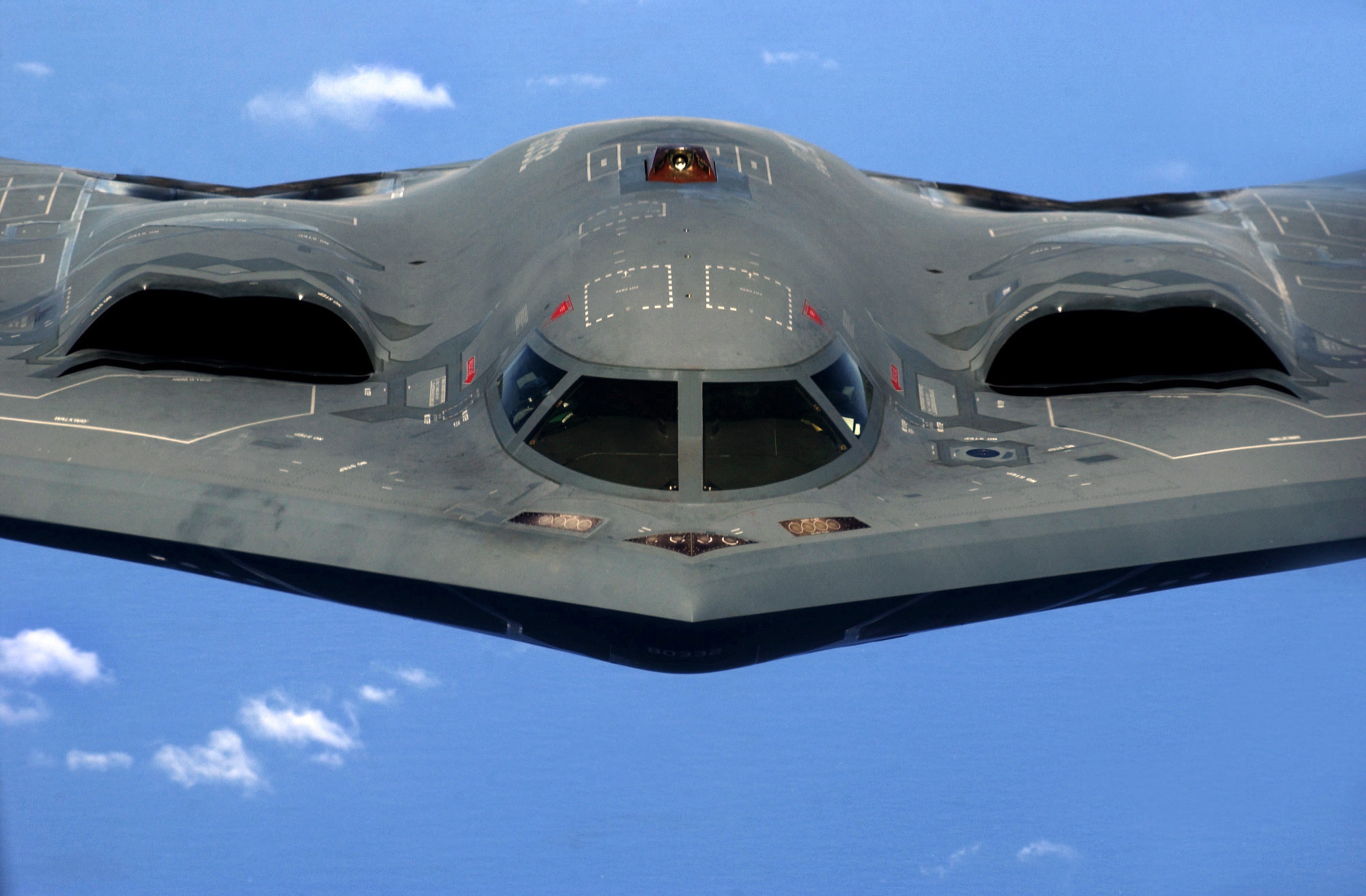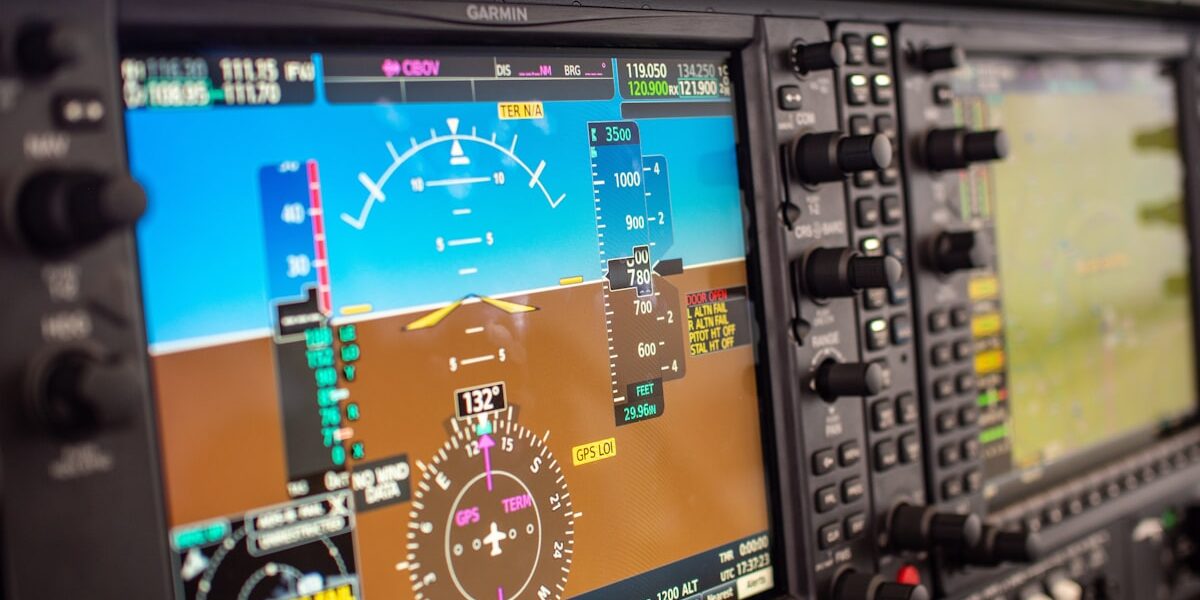Aerospace Testing Lab
Aerospace Testing Lab
Aerospace testing labs are essential for ensuring the safety and performance of aircraft and spacecraft. These labs conduct rigorous tests across various components and systems to meet industry standards and regulatory requirements. The central goal is to uncover any potential issues before they become real-world problems.

Types of Testing Conducted
Among the primary tests conducted in aerospace labs are structural tests, environmental tests, and propulsion system tests. Structural tests focus on the integrity of aircraft and spacecraft against physical stressors. Environmental tests simulate conditions such as temperature extremes, humidity, and radiation. Propulsion system tests evaluate the performance and reliability of engines and other propulsion mechanisms.
Importance of Structural Testing
Ensuring the structural integrity of aerospace components is crucial. Fatigue testing is used to determine how materials handle repetitive stress over time. This exposes materials to cycles of loading and unloading to mimic real flight conditions. Fatigue failures can be catastrophic, so understanding a material’s limits is vital.
Beyond fatigue testing, static testing assesses how components hold up under constant, unchanging loads. Engineers apply significant forces to verify that the structures can withstand the maximum loads experienced during operation without permanent deformation or failure.
Environmental Testing Processes
Environmental testing simulates the conditions aircraft and spacecraft will encounter. Thermal testing subjects components to high and low temperatures to ensure they operate effectively in all climates. This includes cycles of heating and cooling to test durability and performance.
Vibration testing exposes parts to the types of oscillations and vibrations they will experience in transit. This ensures that parts do not fail or degrade under vibrational stress. Combined with shock testing, which replicates sudden impacts, these tests safeguard against the varied mechanical stresses of flight.
Altitude testing investigates how components behave and perform at high altitudes. This is crucial for both aircraft that fly at high elevations and spacecraft that operate outside the Earth’s atmosphere. Components are tested in vacuum chambers that replicate the low-pressure environment of high altitudes.
Propulsion System Evaluations
Propulsion system testing involves static and dynamic assessments. Engine testing measures thrust, fuel efficiency, and reliability. Static tests run engines under controlled conditions, while dynamic tests evaluate performance in more realistic scenarios. This includes testing at different throttle levels and under varying environmental conditions.
Propellants are tested for stability and performance. This ensures that fuel burns predictably and safely under all operating conditions. Safety is critical here, as unstable propellants can lead to catastrophic failures.
Cutting Edge Testing Facilities
Modern aerospace testing labs feature advanced facilities like wind tunnels, which simulate aerodynamic conditions. These tunnels can mimic different flight speeds, helping engineers understand how airflows affect performance and stability. Many labs also utilize anechoic chambers to test electromagnetic properties by simulating a free-space environment.
Technology has vastly improved data collection and analysis. Sensors and advanced computing systems provide real-time data on component performance. This allows for more detailed and faster analysis than ever before.
Regulatory Standards and Compliance
Compliance with regulatory standards is a cornerstone of aerospace testing. Organizations like the Federal Aviation Administration (FAA) and the European Union Aviation Safety Agency (EASA) set rigorous standards for aircraft manufacturing and operation. Aerospace testing labs ensure that all components and systems meet these standards, providing an essential layer of safety for the industry.
Human Factors Testing
Human factors testing evaluates how pilots and crew interact with aircraft systems. This includes tests on cockpit design, control interfaces, and ergonomic assessments. The goal is to enhance safety and efficiency by ensuring that human-system interactions are intuitive and safe under various conditions.
Future Trends in Aerospace Testing
As aerospace technology evolves, so do testing methods. Autonomous and unmanned systems present new challenges and requirements for testing protocols. Electric propulsion and advanced materials, such as composites, necessitate updated testing approaches to ensure they meet safety and performance standards. The continuous advancement in simulation technology is reducing the need for physical testing, allowing for cost-effective and rapid prototyping and validation.
Investments in research and development are driving the future of aerospace testing. Private and public sector collaboration brings new innovations to testing methodologies. The aim remains the same: ensuring the highest safety and performance standards for the aerospace industry.




Subscribe for Updates
Get the latest articles delivered to your inbox.
We respect your privacy. Unsubscribe anytime.